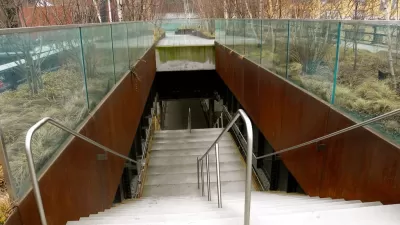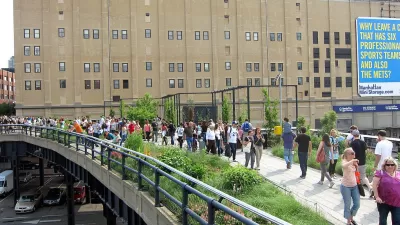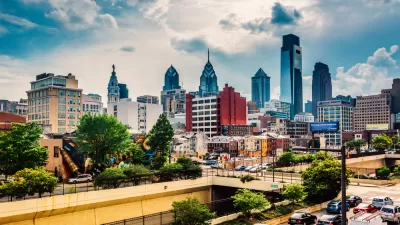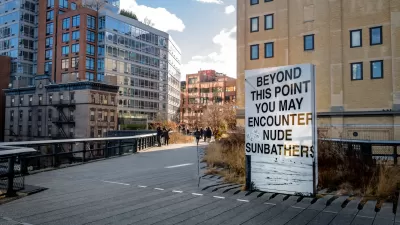Presenting the case of New York's High Line, student Sahra Mirbabaee questions who benefits from the city's investments.

New York City’s 1.45-mile long High Line was a costly public endeavor, Mirbabaee writes. Following the project’s first two installments, which cost a reported $152.3 million, its third is expected to cost an additional $86.2 million. This is to be accompanied by annual operating costs ranging between $2 million -$4 million. For Miarbabaee, however, the public investment – which funded half of the project – has been more than questionable.
Although attracting praise from architects, planners, and visitors alike, the High Line has been a source of considerable trouble for nearby residents. By fueling gentrification, Mirbabaee argues that the project raised living costs in the areas around the High Line and forced many local residents to leave their homes.
For Mirbabaee, there is a “troubling irony” in the project’s aesthetic, which “…exudes a ‘cool’ image of feigned neglect.” “Commodifying ostensibly lower-class spaces for supposedly higher classes,” Mirbabaee continues, “is both patronizing and divisive.”
There is a fundamental need to pose the question of who benefits from the city’s investments, argues Mirbabaee. Given Mayor Bloomberg’s recent proposal to cut $170 million from the city’s childcare services funding, Mirbabaee suspects a case of “disproportionate public investment in real estate”.
“Reversing this misappropriation of funds,” Mirbabaee writes, “would allow us all to build more vibrant neighborhoods than the High Line’s designers could ever have imagined.”
FULL STORY: Poverty below the high line

Alabama: Trump Terminates Settlements for Black Communities Harmed By Raw Sewage
Trump deemed the landmark civil rights agreement “illegal DEI and environmental justice policy.”

Planetizen Federal Action Tracker
A weekly monitor of how Trump’s orders and actions are impacting planners and planning in America.

The 120 Year Old Tiny Home Villages That Sheltered San Francisco’s Earthquake Refugees
More than a century ago, San Francisco mobilized to house thousands of residents displaced by the 1906 earthquake. Could their strategy offer a model for the present?

Opinion: California’s SB 79 Would Improve Housing Affordability and Transit Access
A proposed bill would legalize transit-oriented development statewide.

Record Temperatures Prompt Push for Environmental Justice Bills
Nevada legislators are proposing laws that would mandate heat mitigation measures to protect residents from the impacts of extreme heat.

Downtown Pittsburgh Set to Gain 1,300 New Housing Units
Pittsburgh’s office buildings, many of which date back to the early 20th century, are prime candidates for conversion to housing.
Urban Design for Planners 1: Software Tools
This six-course series explores essential urban design concepts using open source software and equips planners with the tools they need to participate fully in the urban design process.
Planning for Universal Design
Learn the tools for implementing Universal Design in planning regulations.
Clanton & Associates, Inc.
Jessamine County Fiscal Court
Institute for Housing and Urban Development Studies (IHS)
City of Grandview
Harvard GSD Executive Education
Toledo-Lucas County Plan Commissions
Salt Lake City
NYU Wagner Graduate School of Public Service





























